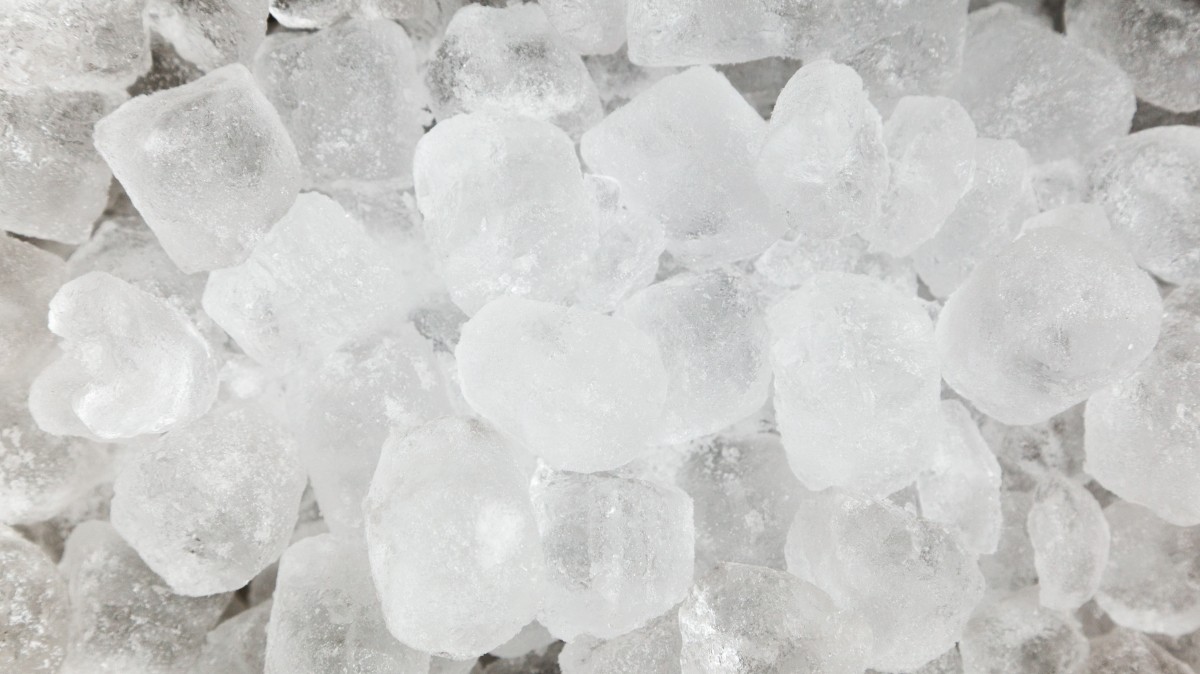How do fridge ice makers work? Fridge ice makers work through performing different cycles and processes. It is not possible without the help of the power supply. This article will discuss the operation of ice makers. Ice became scarce throughout many regions of the planet just a generation back. In climatic circumstances like hot climates, you would have to order ice from a courier service that brought in large chunks.
It is usually from a more relaxed environment or an efficient refrigeration facility. Ice was expensive; however, people don’t have many options if you preferred to continue your food fresh. Ice was a huge luxury in the warmest areas of the planet. Thus, the creation of ice makers takes place afterward.

How Fridge Ice Makers Work; The Process
So, how do fridge ice makers work? Ice would have to be manufactured traditionally earlier mechanical ice producers by dumping water into some mold and freezing it. That identical technique is used by the ice maker in your refrigerator, except it is mechanized. However, as technology advances, making of ice was made using ice makers. Well, it’s time to learn how ice makers work.
Fridge ice makers are not possible to operate without the power supply. Thus, the first step to work the ice maker is to plug it into a power source in your home. Then, please turn it on before you store frozen food.
Most ice makers employ a power source, an electronically controlled water pump, and an induction heating mechanism. To activate each part, connect the ice maker to the circuit that powers your fridge. It would be best if you also secured the ice maker to your home’s drainage tube to supply clean water for making ice cubes.
A programmed button in the connection momentarily transfers electricity to an electromechanical water valve at the start of the cycle. The location of the water valve is usually at the back of the fridge. However, the water valve is sometimes interconnected to the mainline through power cables in specific models. The charge activates a solenoid that unlocks the valve once the connection delivers electricity through the terminals.
On the other hand, the valve is only available for around seven seconds, strictly necessary to load and pour water into the mold. The mechanism allows the water inside the mold to solidify after you loaded it, the natural function of freezing the liquid operates with the help of the refrigeration cycle in the fridge, not by the ice maker.
While the ice maker includes an integrated regulator that keeps track of the ambient temperature in the forms, the thermostat shuts a valve in the electrical system. It happens whenever the temperature drops to a specific threshold of 9 ℉. Regardless, when you close the valve, electricity flows via a heat source beneath the ice maker. The ice cubes dislodge from the mold base when the coil gets hot, warming the ground of the ice cast.
The electrical system then activates the icemaker’s engine. And the motor of the ice maker then moves a wheel linked to a big plastic cylinder that spins second gear. With several expander propellers that protrude from it, they adorn the shaft. Then, as the propellers turn, they gather all the ice cubes produced during the process. It happens in front of the maker.
At the bottom of the rotating spindle is a serrated plastic valve. The shutter captures the grasp of the closed shaft just before the blocks are propelled out from the ice maker, pulling it upwards and the arm returns to its original position once the cubes have been expelled.
When the component achieves its minimum resting position, it flips a valve in the connection, causing the water engine to run and start the whole process again. The cycle is halted if the arm can’t hit its most minor state due to layered ice crystals in the path. My friends, it’s best to learn why your fridge is not cooling.
What Are The Common Reasons Why Ice Makers Won’t Work?
When owning a fridge, you cannot escape experiencing problems with your ice maker. Usually, this phenomenon happens if there are faulty parts or cables. Moreover, not having proper maintenance could also be the reason.
Thus, here are the following reasons why your fridge ice maker won’t function:
- The sewage line of your home has inadequate pressure in a water
- The temperature in the refrigerator is too much to create ice cubes
- Your fridge requires a brand new water purifier
- There is a blockage of tubes in your refrigerator
- Finally, your fridge has a broken thermostat
- There is a problem present with the water valve of your refrigerator
- The motor of the engine of your ice maker is not working
Conclusion
Again, to answer your question: How do fridge ice makers work? It is because of the cycles and mechanisms that happen in your refrigerator. The motor of your ice maker is usually responsible for giving energy and doing all the work needed to create a block of ice. Although it has complicated steps to do, it gives you something beneficial to use in the future. You cannot avoid problems with your fridge ice makers.
Thus, you must do proper care and maintenance to prevent this situation from happening.
I hope all the information regarding ice makers such as how to clean fridge ice maker would be helpful to you!
